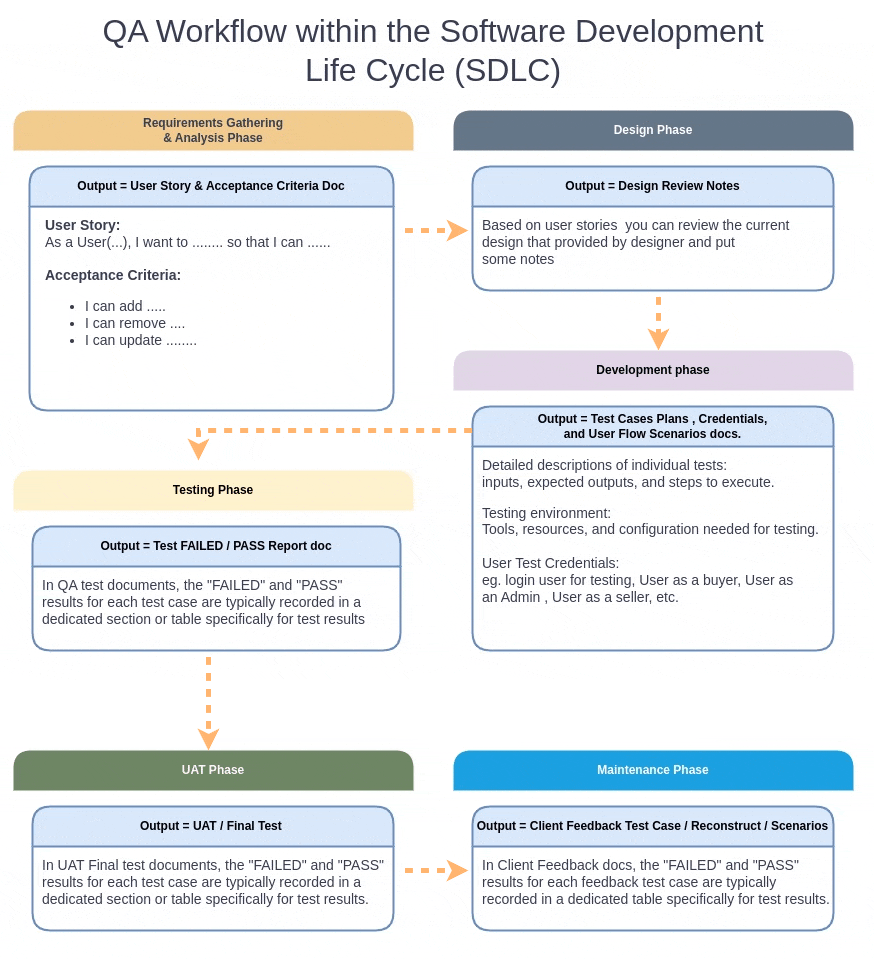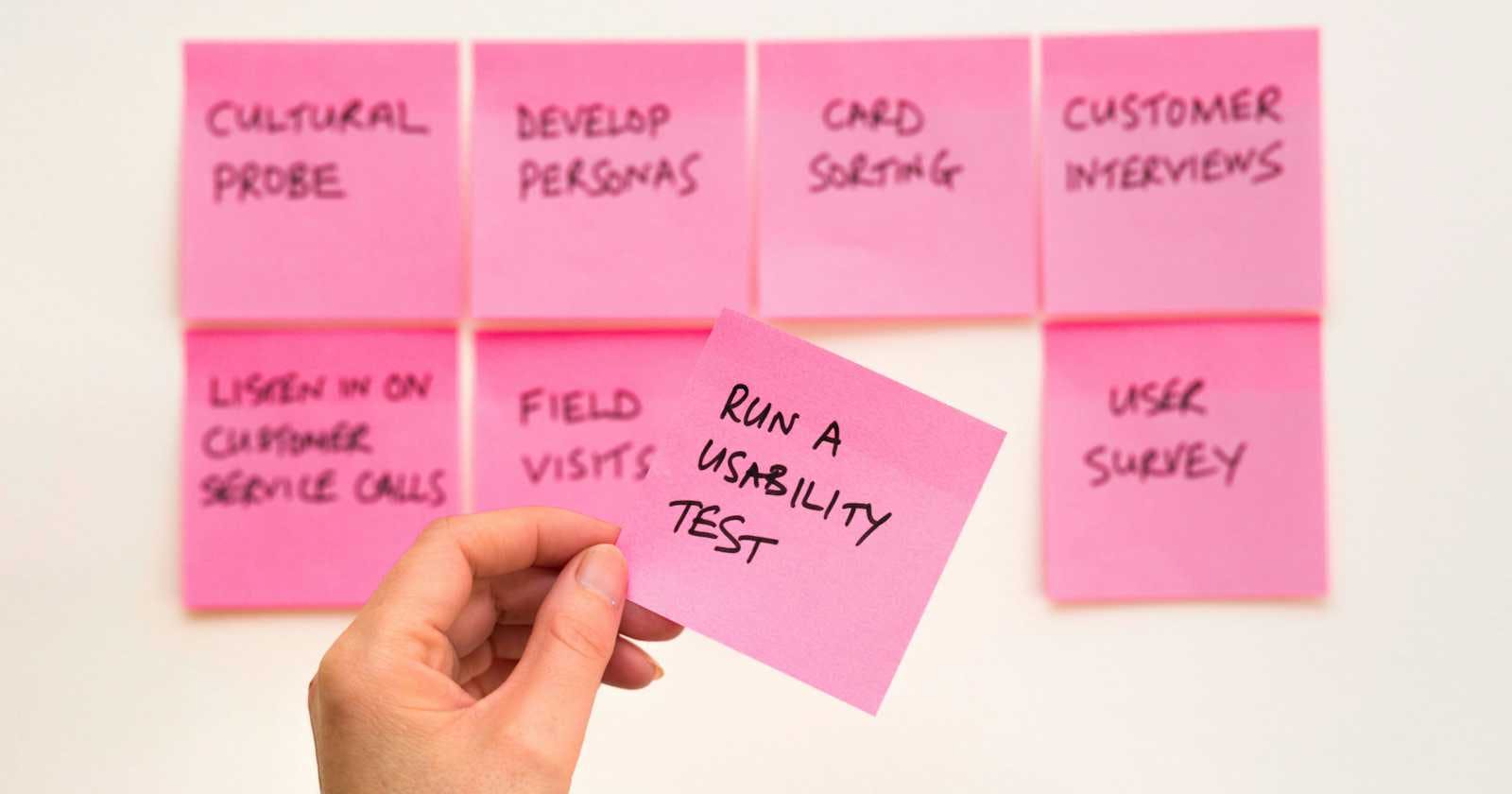This workflow list is applicable to a general SDLC model and may need adjustments based on the specific methodology used (e.g., Waterfall, Agile).
1. Requirements Gathering & Analysis:
Review and understand the product requirements, including functional and non-functional specifications.
Identify potential areas of risk and testability based on the requirements.
Participate in requirements reviews and provide feedback to ensure clarity and completeness.
Collaborate with developers to clarify any ambiguous requirements.
2. Design:
Review system design documents and identify potential testing challenges.
Provide feedback on the design from a testability perspective.
Participate in design reviews and raise concerns related to user experience and functionality.
3. Development:
Develop test plans and strategies based on the requirements and design documents.
Create test cases covering various functionalities and scenarios.
Collaborate with developers to ensure they understand the testing approach.
Review code comments and documentation for any potential issues affecting quality.
4. Testing:
Set up the testing environment with necessary tools and data.
Execute test cases and document any defects or inconsistencies encountered.
Report defects using a bug tracking system, providing detailed descriptions and steps to reproduce.
Verify and retest defects after they are fixed by developers.
5. Deployment:
Participate in pre-deployment activities like smoke testing and performance testing.
Monitor the deployed software for any post-release issues.
6. Maintenance:
Review and analyze new reported issues from users or other stakeholders.
Perform regression testing to ensure functionality is not impacted by new changes.
Participate in maintenance planning and provide input on testing strategies.
Additional Considerations:
Stay up-to-date on new testing methodologies and tools.
Maintain clear communication and collaboration with developers and other stakeholders.
Contribute to continuous improvement of the SDLC process.
This workflow list provides a general framework for QA involvement throughout the SDLC. Depending on the specific project and methodology, the specific tasks and responsibilities may vary.
How about the output for each phase?
The diagram below will sufficiently explain the output result for each phase that you need to have.


